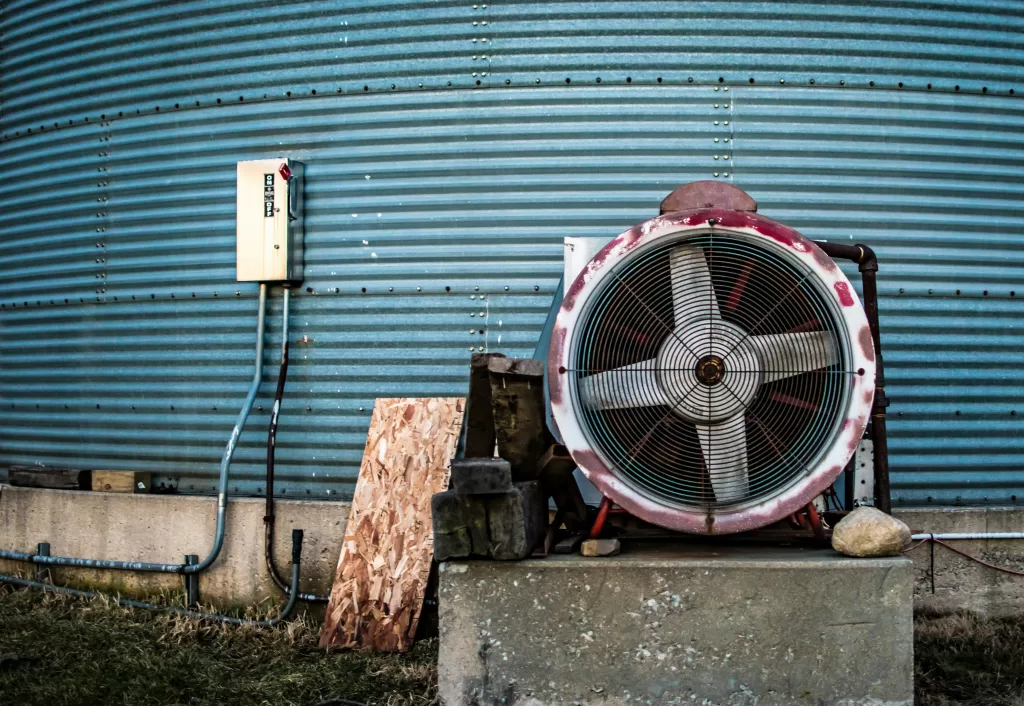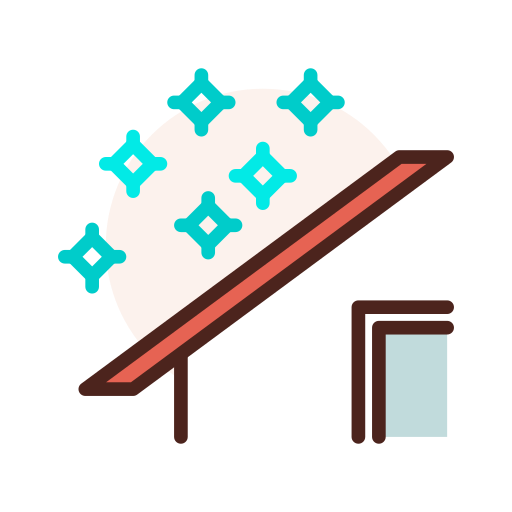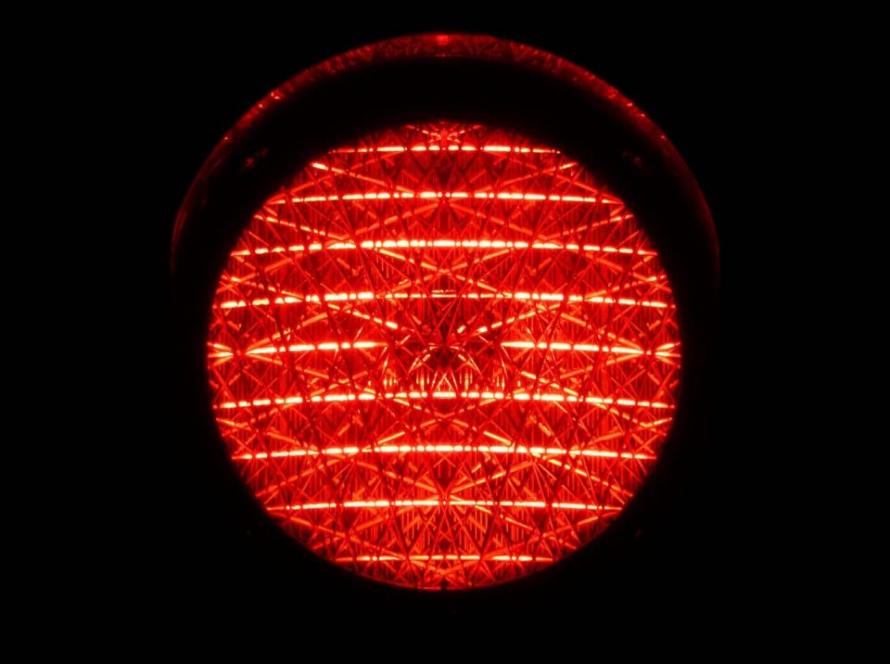Imagine opening your energy bill and seeing it lower than ever during the peak of summer. Sounds like a dream? It could be your reality with the right attic ventilation.
The key is installing an attic fan that will cool your home while saving money. But how much does an attic fan installation cost?
Today we’re diving into the various factors that impact the cost of installing an attic fan, so you can decided if it’s right for you!

Attic Fan Basics
Attic fans are essential to maintain a comfortable home environment. They work by expelling hot air from your attic, which helps lower the temperature inside your home.
This process is not just about comfort. It also plays a significant role in reducing your energy costs, especially during those hot summer months.
There are two primary types of attic fans to consider: solar-powered and electric.
Solar-powered fans utilize sunlight to operate, making them an eco-friendly option. This can lead to savings on your energy bills, since they don’t consume electricity from your home’s power supply.
While they’re generally more expensive upfront, the long-term savings can be pretty substantial.
Electric attic fans are usually less costly at the time of purchase but will add to your monthly electricity consumption. They’re known for their powerful operation, capable of moving a large volume of air to effectively cool your attic.
Attic fans come equipped with various features that can enhance their efficiency. Features like built-in thermostats and humidistats allow the fan to automatically turn on or off based on the temperature and humidity levels in your attic.
This smart operation makes sure that the fan is only active when necessary. This leads to a reduction in energy use, which contributes to a more cost-effective home cooling solution.
The right attic fan can significantly impact your home’s ventilation system, improving air quality while also contributing to energy savings.
Factors Influencing Attic Fan Installation Cost
The general cost range tends to be around $369 to $919, with a national average of around $624. But this is dependent on a bunch of variables.
When deciding between solar and electric attic fans, both the initial cost and future energy savings come into play.
Solar attic fans often have a higher upfront cost. This is because they come with solar panels that capture sunlight. But they can lead to significant savings on your electricity bills over time, since they operate without using your home’s electrical power.
Electric attic fans usually cost less to buy. But they’ll increase your monthly electricity costs because they need power from your home to run.
The choice between solar and electric attic fans impacts your wallet in different ways. If you’re looking to save more money in the long run, a solar fan might be the better option.
But if your budget is tight now, an electric fan could be more appealing. Keep in mind that the type of fan not only affects how much you’ll spend upfront but also how much you can save on energy costs later.
Attic Fan Materials
Attic fans are made from various materials, including plastic and metal. The material can influence both the durability of the fan and its price.
Plastic fans are generally less expensive than metal ones. They are lightweight and resistant to rust, which is great for areas with high humidity. But they might not last as long as metal fans.
Metal fans, while typically more costly, are known for their strength and durability. They can withstand harsh weather conditions better than plastic fans.
So the material of the fan not only affects the price but also how well it will hold up over time.
Attic Fan Installation Labor
The complexity of installing an attic fan can vary. This affects both the time it takes to install and the cost of labor.
Solar attic fans can be simpler to install because they don’t require connecting to your home’s electrical system. This means the installation can often be done more quickly and at a lower cost.
Electric attic fans might require additional electrical wiring. This can make the installation process more complex and increase the cost.
The accessibility of your attic also plays a role in installation costs. If your attic is hard to access, it can take more time to install the fan. This can lead to higher labor costs.
On average, the cost of labor for installing an attic fan can vary widely. It depends on factors like the type of fan, the complexity of the installation, and local labor rates.
Additional factors that can increase the time and cost of installation include the need for electrical upgrades or the installation of new vents. If your home needs these extra steps, it’s important to factor them into your overall budget.
Choosing the right attic fan involves balancing your current budget with your future savings and how long you want the fan to last.
Other Factors That Influence the Cost
The size of your attic significantly impacts the type and size of fan you need, which in turn affects the cost. A larger attic requires a more powerful fan or possibly multiple fans to effectively move hot air out.
This means the bigger your space, the higher the cost, not just for the fan itself but also for its installation. And achieving optimal ventilation might mean installing additional vents.
These vents ensure a steady flow of air, allowing your attic fan to work efficiently. But adding more vents increases the project’s overall cost due to the extra labor and materials needed.
Additional Cost Factors
Installing an attic fan can sometimes uncover the need for electrical upgrades. Older homes, in particular, may require an updated electrical system to safely support a new electric attic fan.
This could involve adding new circuits or upgrading existing ones, which adds to the cost.
And depending on the fan’s size and type, roof modifications might be necessary to ensure proper installation and operation. This could mean reinforcing the area where the fan will be installed. Or it could mean making structural changes to accommodate the fan.
Both of these would further increase expenses.
Local climate also plays a crucial role in determining the cost of attic fan installation. In areas with extreme temperatures, you might need a more robust system to effectively regulate attic temperatures.
This could mean opting for a higher-end fan model, which has a direct impact on the overall cost. The climate influences not just the type of fan you choose but also the installation process. Certain weather conditions may require additional precautions or adjustments during installation.
Potential Rebates and Incentives
Despite these costs, there are ways to mitigate expenses through rebates and incentives. Many energy companies and government programs offer rebates for installing energy-efficient or solar-powered attic fans.
These rebates can significantly lower the upfront cost of purchasing and installing an attic fan. To maximize these benefits, it’s important to research available offers in your area before making a purchase.
In addition to rebates, the long-term savings on energy bills can make an attic fan a wise investment. By reducing the need for air conditioning, an efficient attic fan can lead to considerable savings over time.
Calculating these savings involves comparing your current energy costs with the expected reduction in use after installing the attic fan. This calculation can help justify the initial expense by highlighting the potential for future savings.
Planning Your Attic Fan Installation
Getting your attic fan setup right begins with a clear look at what your home really needs. The size of your attic, the typical heat it deals with, and any issues with moisture are all crucial points to think about.
These factors help you zero in on the perfect attic fan that won’t just fit, but will work efficiently for your specific situation.
When it comes to installing your chosen fan, the expertise of the professional you select is just as important as the fan itself.
You’ll want to seek out someone who’s not only skilled but has a good track record with attic fans specifically. Look into their past work, ask for reviews from previous clients, and make sure they’re comfortable and experienced with installing the type of fan you’ve chosen.
It’s a good idea to ask pointed questions about their process, how they handle challenges, and what kind of follow-up support they offer.
This step is all about securing peace of mind and saving you a lot of headaches down the line. It’s important to know that your attic fan will be installed correctly, function as intended, and last for years to come.

Understanding Attic Fan Installation Cost

Compare Quotes from Top-rated HVAC contractors in your area.
Now you know that attic fan installation cost involves considering various factors, from the type of fan to additional modifications. If you take all of these things into account, you’ll be able to make an informed decision that enhances your home’s comfort and efficiency!
Not sure where to start? Alpha Living can instantly pair you with top-rated contractors so you can compare options and save. Enter your zip here to find top-rated contractor and HVAC pros in your area and get free quotes!





Facebook
Comments